THE 2018 COMEL AWARD FINALISTS
Federica Zianni
Rome, ITALY
www.federicazianni.com
www.federicazianni.com
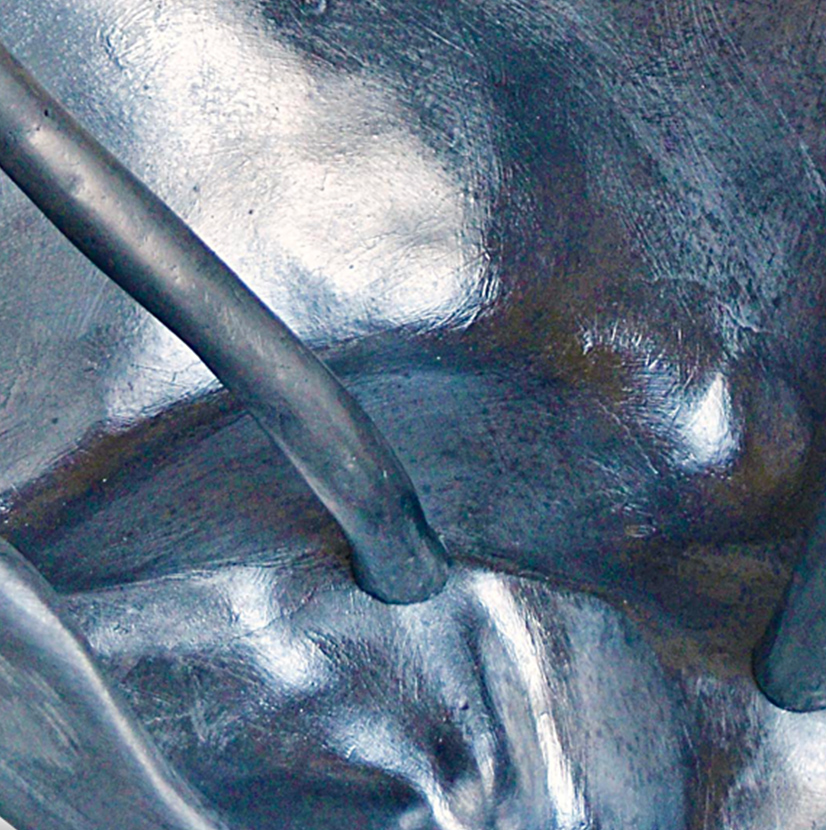
THE 2018 COMEL AWARD FINALISTS
Federica Zianni
Rome, ITALY
www.federicazianni.com
www.federicazianni.com
BIOGRAPHICAL NOTES
She was born in 1993 in Rome, where she graduated from the Liceo Artistico Sant’Orsola. In 2012 she moved to Milan to attend the triennium of Sculpture at the Accademia di Belle Arti di Brera. Her initially figurative sculptural works evolved into organic and abstract artworks. She got her Bachelor of Arts degree in Sculpture in 2015 and graduated summa cum laude, and she attended the Hochscule für Bildende Künste of Dresda, Germany, until 2017. She has pursued her Master’s Degree programme of the Scuola di Scultura with professor Vittorio Corsini at the Accademia di Belle Arti di Brera. She got her Master of Arts in Sculpture in 2018 and graduated summa cum laude.
ARTWORK IN CONTES
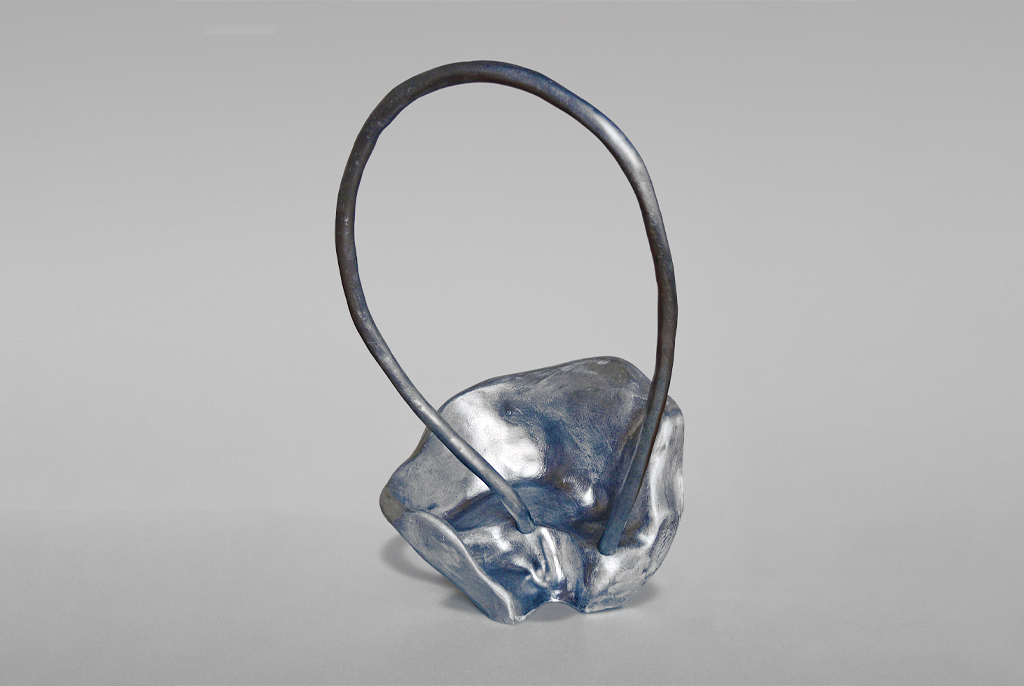
LABYRINTH I, 2017
SCULPTURE - Lost wax casting, aluminum
cm 36 x 50 x 26
The sense of lack of understanding between individuals and the ability to raise points for consideration, through which it is possible to overcome the noise of everyday life, seems to be the basis of the young Federica Zianni’s work. A research for which the artist finds a definition in the field of sculpture, in the evidence of bodies subtracted from a repertoire of organic forms. This is the case for Labyrinth I (2017), in which the reference to the internal bone structure of the auricle is a reason to bring us back to the topic of listening and silence. A solicitation Zianni entrust to small sculptural forms, conceived as test sites and mechanisms of thought. They are bodies mostly wrapped around themselves, for which she makes use of more materials, from bronze to aluminum to resins, keeping at the base the idea of malleability. A process through which the artist shapes sensations, stopped at the threshold of labyrinthine paths. The circularity characterizes her works that cleave the space. They are rewrapped, but they act in loop, as if Zianni’s most urgent need was to never stop, that is, to not leave room for emptiness but rather to fill it with the force of silence.
Ada Patrizia Fiorillo
AWARDS
SPECIAL MENTION OF THE JURY 2018
with the following motivation:
“A hollow shape and emphasized by a wraparound formal motif, in which the reference to an organic nature and, in particular, to the internal structure of an auricle, is a reason to bring us back to the theme of listening and silence.“
(from the minutes of the jury)
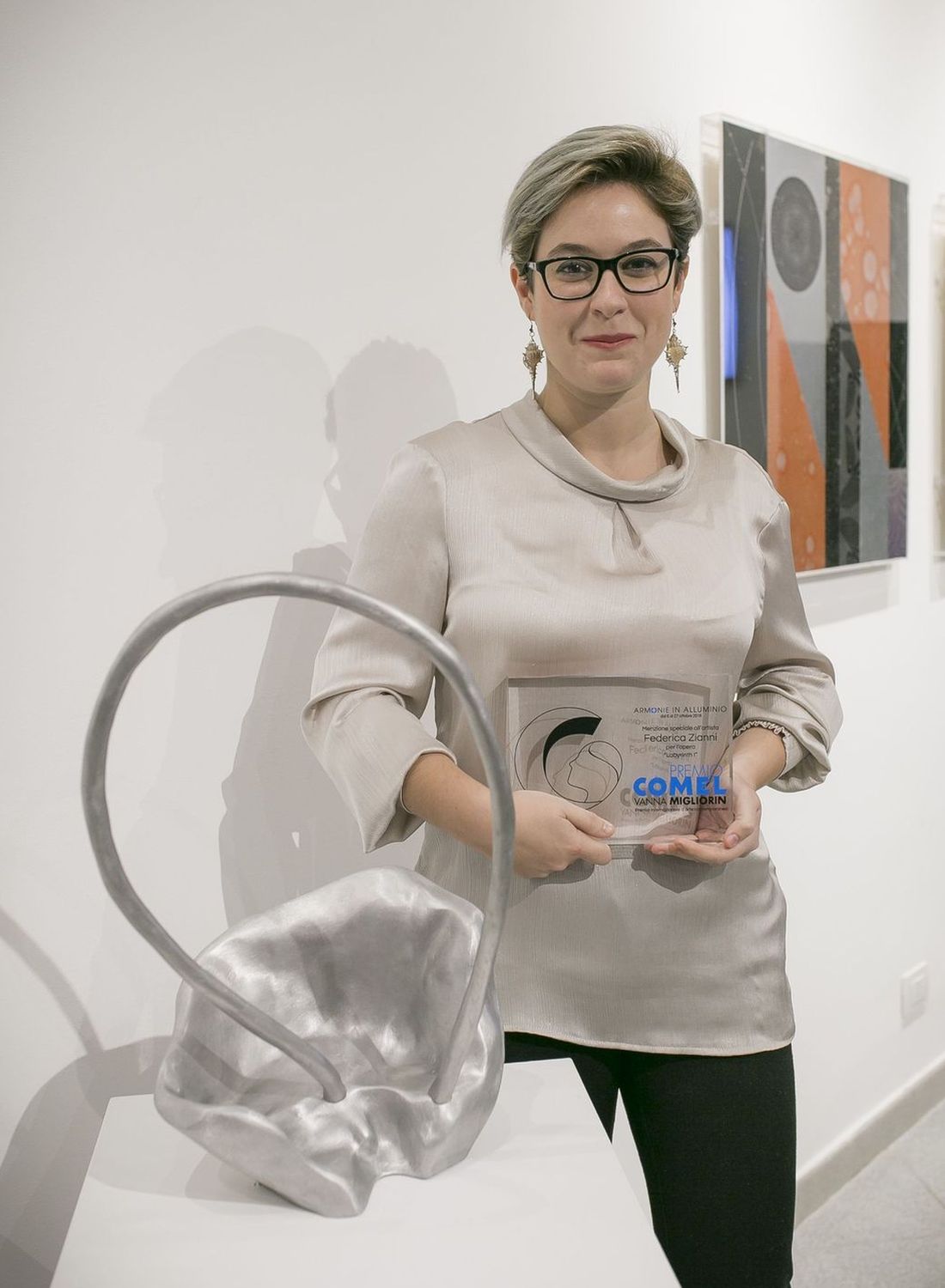
Interview by Rosa Manauzzi
My sculptures are born not as answers, but as question marks to myself.
2018 was a very important year for your artistic career, thirteen exhibitions and international awards. What is the driving force of your art and, especially, of this last year of success?
My driving force is in the very act of creating art. When I work, I feel temporarily relieved of the burden of anxiety and restlessness in which I live. All my strength is channeled into the creative process and, the moment a work is finished, I immediately feel the urge of getting back to work with another project, which exorcises my phobias and my desires.
For me, being an artist is a condition I cannot do without, a job and a therapy through which I slowly discover myself, sometimes with surprise, sometimes with restlessness.
Federica and Art. How did your journey start and what were the decisive experiences that led you to mature an already well-structured vision of art, despite your young age?
I have always been a creative child and I owe it to my mother, who has always pushed me to follow my inclinations and to defend them with force. She taught me to be a strong woman, but always respecting my sensitivity, perhaps in contrast to her experience. I have sadly learned, while growing up, that she could not follow the path she would have liked: back then, a woman was not allowed to hope for economic independence, without a husband on her side who would maintain her.
I am lucky to have had this push from my mother, because her support has reassured me in the moments when the doubt has assailed me in the most oppressive way.
I know I was born in a historical moment when the woman is discovering her role in the world and I am sure that my restlessness also resides in this, that is in the fact of being able to enjoy rights that my mother was not able to use, and this leads me to not disappoint the expectations, to always go further.
Despite passing the entrance tests at the University of Architecture and Design in Rome, I decided to move abroad to study at the Academy of Fine Arts of Brera, because I knew that away from my family, I would have found my way.
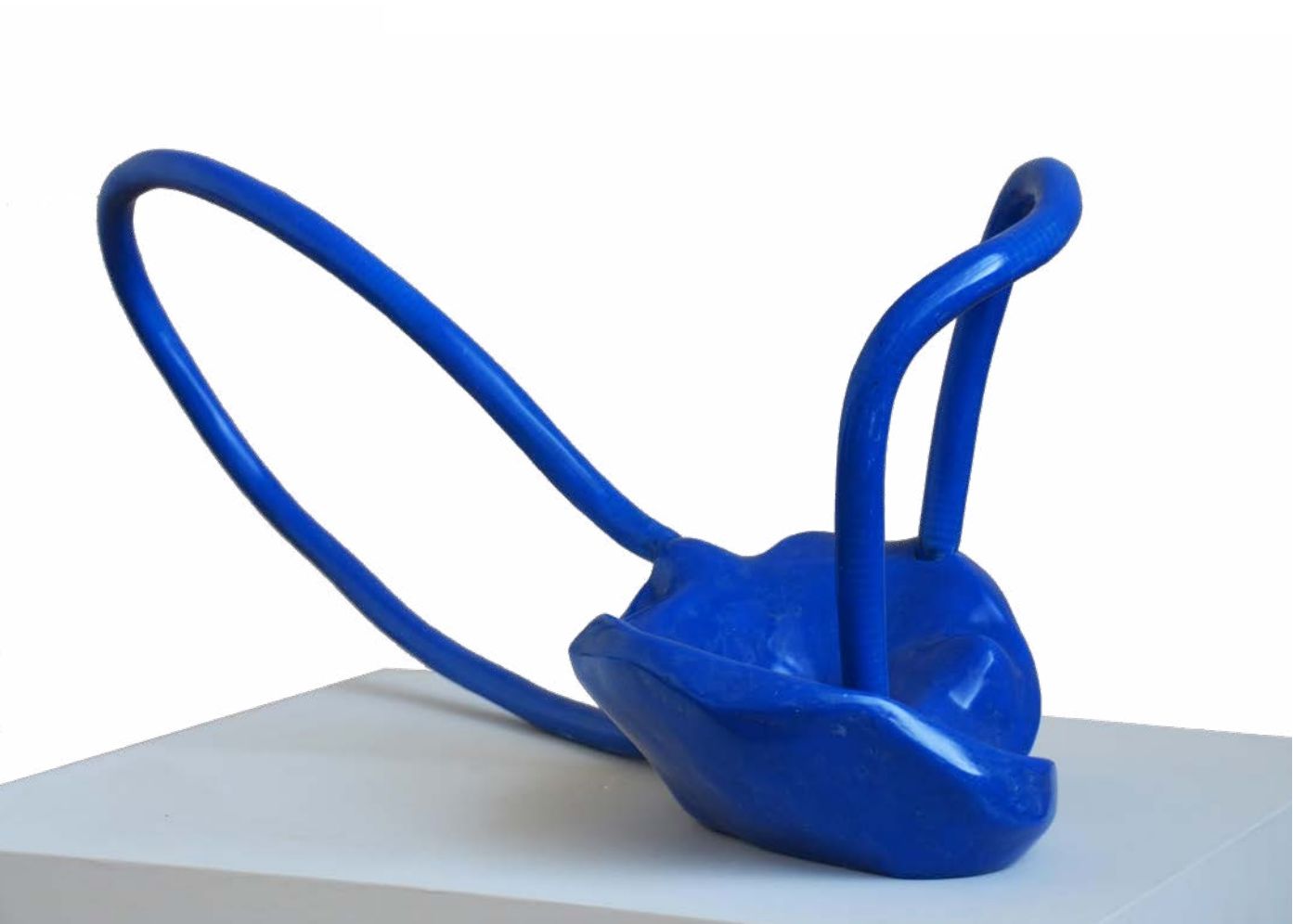
Labirynth II
Labyrinth is the work that won the Jury at the COMEL Prize, 7th edition, which awarded you an honorable mention. The sculpture represents the internal bone structure of the ear; metaphorically the sense of incommunicability between individuals. The circular and often labyrinthine shape of your works allows a sort of rewinding but also reflection, a circularity that suspends the noise and pushes us towards an infinite loop in the hope, perhaps, to identify the important parts of a repeated but not understood phrasing. How were Labyrinth and the other serpentine sculptures born? They are works very far from the figuration and yet so mechanically human, even in the more physiological meaning of the term.
My sculptures are born not as answers, but as question marks to myself. Circularity, the closed form is what haunts me, and when reproducing it I try to get closer to my enigma. My question is: are we born as purely closed systems? Is there a way out of the daily cage that we impose ourselves even if unconsciously? I felt the need to investigate how a work can open up channels of communicability and undermine the horizon of expectation, through its being present. My research is long but I feel I’m on the right track.
The Auricles series (Riceve, risponde, installation, 2015, galvanized mesh and polyester resin) is fascinating. It seems to want to capture a presence and establish some correspondence between the artist and the surrounding world, between what the artist creates and the work he/she leaves as a testimony. Can Art be a channel through which the observer can sensibly perceive new states of the self and recognize those around?
There is no art that is not born to be used. Its very existence arises from an inexplicable necessity of self-imposing as a demiurge of something, which outside of nature would never have existed, through the most archaic conception of technè.
The work is a prize in itself to the effort of creating it, but I believe that another propositional force is the sharing of what it has been created, in a completely new way, and that the satisfaction of sharing is the determining factor of the inexhaustibility of art.
My installation Riceve, risponde, exists to answer my need not to feel completely isolated in my search in a correspondence with “the other”.
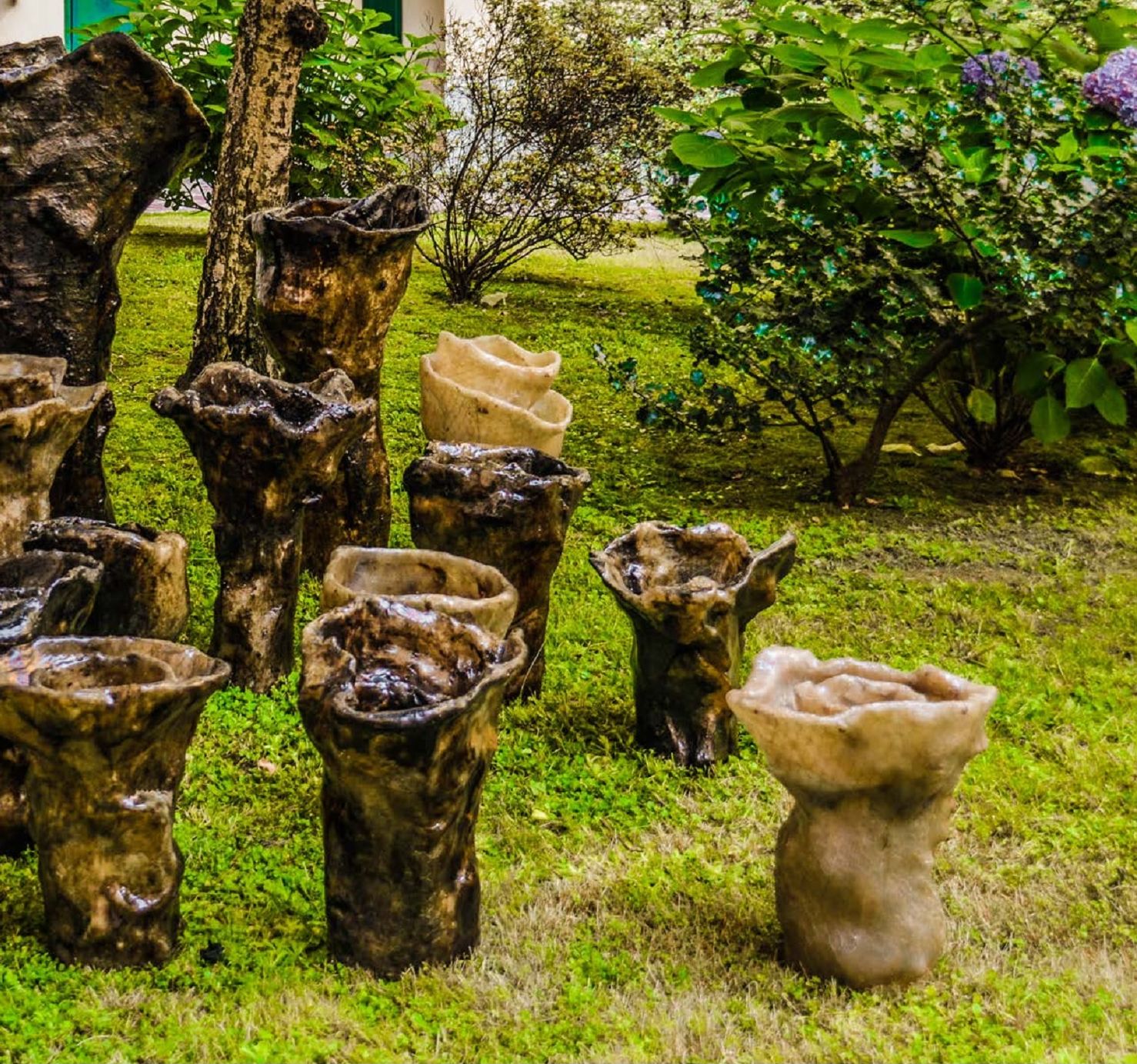
Riceve, risponde
You haven’t neglected a philosophical contemplation that assumes the characters of a manifesto: to the obligation (you have to) you oppose the will (I want to), as you do in the work You Must (2017, plaster and silicone), that you allegedly connect to a passage of Nietzsche in Thus spoke Zarathustra. From the You taking orders, we move to the awareness of the Self, creator of one’s destiny and one’s own art. From hearing to true listening that returns to give voice, which frees from the labyrinths in which we continually drive back …
In my opinion, creating art means establishing a sincere dialogue with the most intimate part of myself. If I realize that what I work on does not trouble me, I conclude that it will not be so profound as to reach out to others. I force myself – not without effort – to stop and start another project.
Being an artist involves a strict organization of time, because, as it is not a job in which “you clock in”, it needs a considerable amount of self-discipline. It requires hours of manual work and hours of reflection and planning. Inside me I feel both the golden dragon of Zarathustra who commands You must, and the lion that roars I want. In this way I build my being an artist, between the urgent need for discipline and an uncontrollable desire for freedom.
You have dedicated some pottery works to the lotus flower. Flowers welcome the light of the world as they float in the air. Can Art have the same power to gather beauty and spread it?
Art does not necessarily have to be beautiful, but it must implement a maieutic process in those who benefit from it even through anxiety and horror. According to Dostoevsky, beauty will save the world, I say that the sublime will save the human being.
In Studio dell’animale uomo (2015, ink on acetate sheet) your survey in a Big Brother style explores and depicts man in everyday life, immortalizing him in the most common poses (while eating, while using the computer, etc.) and yet reducing him with minimal lines and comics, almost to seek the essence of every action. How was this research born?
It was born from my need for everyday life. I started the study of the animal man in order to bring with me that sense of familiarity I am looking for but for some reasons I have not managed to reach yet. Through the analytical study of trivial actions, I have created a fictitious place in which habitual gestures occur, and which I would like to surround myself with.
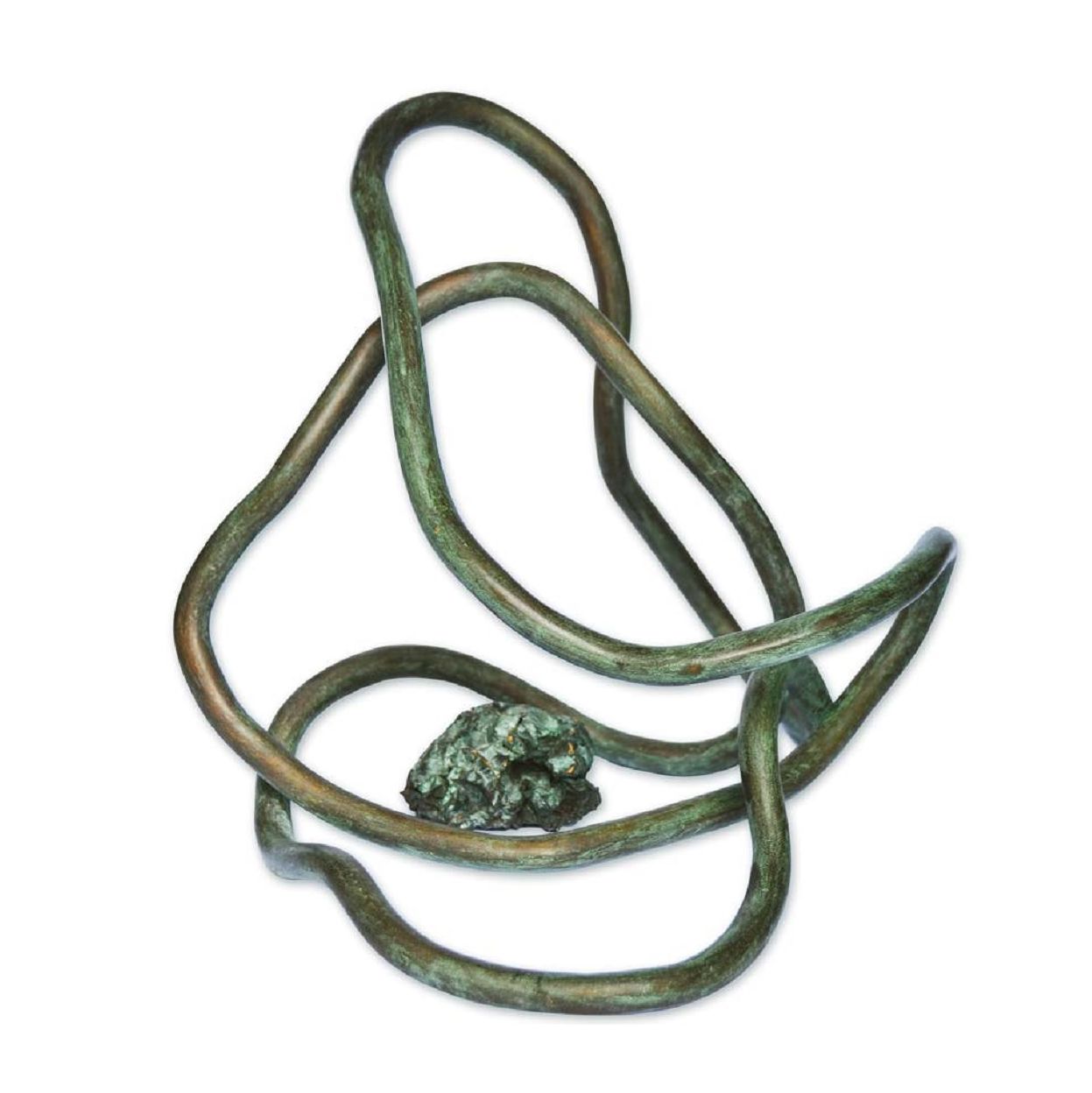
Loop I
In Paesaggio nel paesaggio (a project of 2016, with digital photography), you insert some naturalistic pictures (images reflected in strategically positioned mirrors) within existing landscapes, thus obtaining a reflected and contemplated effect of nature. The mirror becomes almost a magical portal waiting to enter it. What would we discover if we entered the heart of nature?
I have always said that the human being is not a natural but a cultural animal and that its reality is built, and not immaculate. The art that I produce, the photographs I shoot are aimed at a research that involves my whole body: I could take some naturalistic photos and define them beautiful, but I want to open up to a new possibility of landscape that reflects itself, also it is not completely natural but manipulated. There is something beyond what we see, what it is I do not know yet.
What are the working tools you prefer to create your works with?
The manual skill is at the base of my production and the material is subservient to the message I want to communicate, so from an instrumental point of view the possibilities are almost infinite.
What is your next project?
I am laboriously preparing my application for a PhD in Arts abroad. A very challenging goal towards which I am working hard, because I want to broaden my horizons and my knowledge in the field of Arts and get, I hope, to become a major artist internationally.
In the meantime, I am planning personal and collective exhibitions in Italy.

